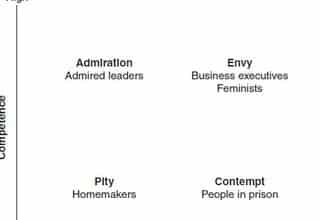The following is from guest writer Ed Russo.
My 11 year old son has been begging me to rent a paddleboard, so earlier this summer we decided to rent one for 24 hours on Lake Winnipesaukee. After being on the paddleboard for about 6 hours on day one, my son started planning how he was going to use it the following day before the 11:30am return time.
Somehow he convinced me to set an alarm, never considered during vacation, and be on the lake by 8:00am. The alarm sounded. He popped up looking for his swim trunks.
I through squinty eyes asked, “is it raining out?”
Son: “No.”
Me: “My phone app says chance of storms is 50%.”
Son: “No.”
Me: “Its only 64 degrees. We’re going to freeze.”
Son: “No.”
He kept shaking me off like a major league baseball pitcher who only wants to throw fastballs. At 8:03am we were successfully on the placid lake. We paddleboarded for nearly 3 hours and had a blast. We would have missed out if he listened to me.
In addition to being my family’s summer vacation spot, Lake Winnipesaukee is the scene of the 1991 comedy classic What About Bob? where Bob Wiley (played by Bill Murray) is paralyzed by his fears, including a fear of elevators, germs, heights, his bladder exploding, and the possibility of contracting Tourette’s syndrome. Being a good leader includes mitigating risk, but by channeling our inner Bob Wiley, have we implemented too many safeguards?
As leaders and project managers our approach to risk can have a negative affect on our performance. The spectrum of risk ranges from: 1) likely to avoid taking risks when possible, to 2) open to taking calculated risks, to 3) being excited by taking high levels of risk. Where along the scale would you describe yourself? What is best for successful management?
Being able to take calculated risks enables project managers to respond quickly to the changing business environment, and this improves the chances of project success. – Managing Projects within Organizations (PMBOK® Guide Fifth Edition)
Being innovative and willing to take calculated risks allows leaders to manage changes as projects develop. Finding creative solutions is critical to a successful outcome. Managers need to create flexible responses to unexpected changes, even when it involves some amount of risk.
Who was the real leader in the paddleboard scenario? As the parent, I was in the leadership role with the leadership title but I kept trying to sabotage my son’s project plan. It never felt cold. It didn’t rain. None of my imaginary fake roadblocks transpired.
At the turning point of the movie, Bob Wiley is invited by his therapist’s daughter to take a ride on a sailboat. He immediately says no and his lips numb with fear because he has never been on a boat before. He triumphantly overcomes his fear and, after being tied to the mast of the boat, declares himself a sailor. So the challenge this week is to tie yourself to something you have bristled at and take a calculated risk. What do you have to lose?
________
Ed Russo is the Program Manager for the National Center for Missing and Exploited Children. Mr. Russo works with educators, law enforcement, community leaders, and government officials to implement child safety resources into schools and communities across the country. Through presentations and trainings, Mr. Russo provides participants with information about how safety resources can help prevent the victimization of children. Prior to joining the Center he was a Human Resources Manager in a Florida County Clerk’s Office and has over 18 years of teaching experience. Mr. Russo is a graduate of the University of Rhode Island with a BS degree in Education.
Mr. Russo can be contacted through Twitter and LinkedIn.








